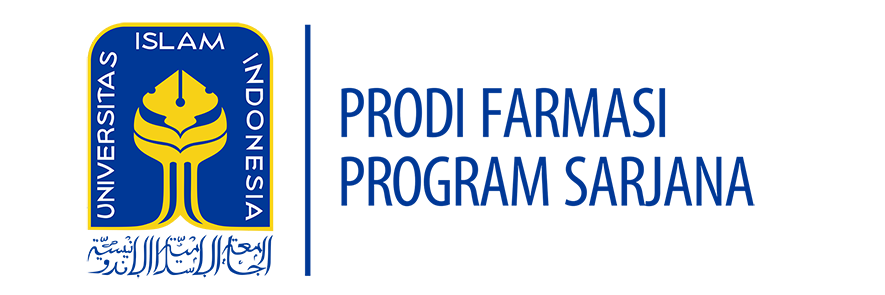| Module Name | Drug Dosage Forms Design 2 | ||||
| Module level, if applicable | 2nd Year | ||||
| Code, if applicable | SFA-435 | ||||
| Semester (s) in which the module is taught | 4th semester | ||||
| Person responsible for the module | Prof. Dr. apt. Yandi Syukri, M.Si | ||||
| Lecturer(s) | Prof. Dr. apt. Yandi Syukri, M.Si
Dr. apt. Lutfi Chabib, MSc. Dr. apt. Siti Zahliyatul Munawiroh |
||||
| Language | Bahasa Indonesia and English | ||||
| Relation to curriculum | Compulsory | ||||
| Types of teaching and learning | Class size | Attendance time (hours per week per semester) | Forms of active participation | Workload | |
| Teaching, discussion and project development
|
50 – 60
|
2
|
Discussion | Lecture: 2 (hours) x 14 (meeting) | 28 |
| Preparation and project assignment 4 (hour) x 14 (meeting) | 64 | ||||
| Total workload | 84 hours | ||||
| ECTS | 3 ECTS | ||||
| Credit points | 2 CU | ||||
| Requirements according to examination regulations | Minimum attendance at lectures is 75% (according to UII regulation). | ||||
| Recommended prerequisites | Drug Dosage Forms Design 1 | ||||
| Related course | |||||
| Module objectives/intended learning | On successful completion of the course students should be able to:
|
||||
| Content | This course aims to support Program Learning Outcomes in the form of professional and ethical abilities, research and development as well as skills in making pharmaceutical preparations. In this course, students learn about various aspects: pre-formulation, formulation, manufacture, quality control and packaging of liquid, semi-solid and gas preparations; pharmaceutical product stability; biopharmaceutical studies; and drug product bioequivalence test. | ||||
| Study and examination requirements and forms of examination | Midterm and final term, project assignment and presentation | ||||
| Media employed | Blended Learning | ||||
| Reading lists |
|
||||
